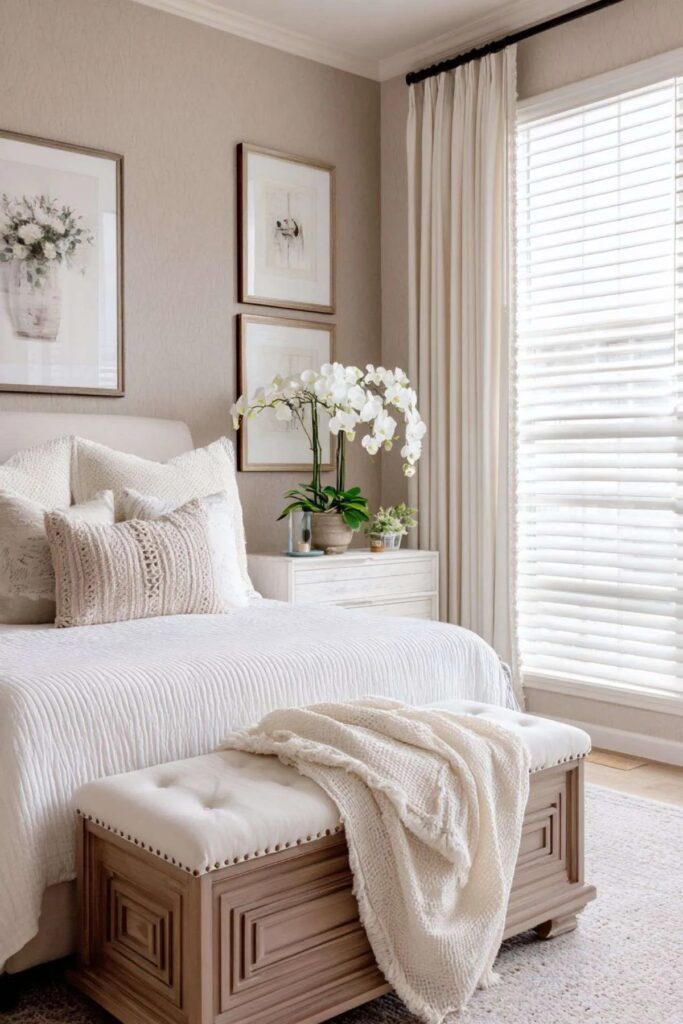When you think about home renovation and design, have you ever considered the impact of window treatments? Often overlooked, the right blinds or curtains can dramatically transform a space, enhancing both functionality and aesthetics. Imagine how a well-chosen set of window coverings can frame a stunning view, add warmth to a cold room, or even set the mood for your entire home. In this article, we will explore the various types of window treatments available, their benefits, and how to select the perfect ones for your unique style and needs.
From sheer drapes that invite natural light to blackout shades that ensure privacy, there’s a plethora of options out there. So, whether you’re revamping your living room or just looking to add some flair to your bedroom, understanding these treatments can elevate your interior design game. Let’s dive into the world of window treatments and discover how they can play a vital role in your home’s overall ambiance.
Understanding the Different Types of Window Treatments
When it comes to window coverings, variety is the name of the game! Here’s a breakdown of some popular types you might consider:
Each type comes with its own set of advantages, so consider your specific needs before making a choice.
Benefits of Choosing the Right Window Treatments
You might wonder, why invest time and money into window treatments? Well, the benefits are numerous and can significantly enhance your living space:
By understanding these advantages, you can make an informed decision that aligns with your lifestyle.
How to Choose the Perfect Window Treatments
Selecting window treatments doesn’t have to be overwhelming. Keep these key factors in mind to streamline your decision-making process:
By keeping these factors in mind, you can make choices that enhance your home while reflecting your personal style.
Trends in Window Treatments
Window treatment trends evolve, and staying updated can keep your home looking fresh. Here are some current favorites:
Keeping an eye on these trends can inspire you to refresh your space and keep it stylish.
Conclusion
By now, you should have a clearer understanding of how window treatments can elevate your home design. When you decide to invest in the right options, you’re not just enhancing your space; you’re creating an environment that reflects who you are. So, what will you choose for your windows?




